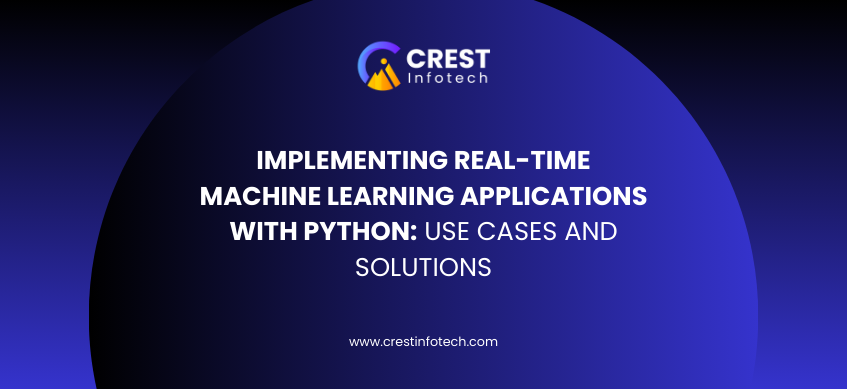Building a robust machine learning pipeline is a critical step in ensuring your machine learning projects are efficient, scalable, and reproducible. In this article, we will explore the key components of a machine learning pipeline in Python, starting from data collection and preprocessing to model training, evaluation, and deployment.
1. Data Collection
The first step in any machine learning pipeline is gathering the data. Data can come from various sources such as databases, APIs, or flat files (e.g., CSV, Excel).
Example:
import pandas as pd
# Load data from a CSV file
data = pd.read_csv('data.csv')Ensure data collection methods align with privacy laws and best practices.
2. Data Preprocessing
Raw data often contains missing values, outliers, or inconsistent formatting. Preprocessing prepares the data for analysis and modeling.
Steps:
- Handle Missing Values:
# Fill missing values with the mean
data.fillna(data.mean(), inplace=True)- Encode Categorical Variables:
# Convert categorical data to numerical using one-hot encoding
data = pd.get_dummies(data, columns=['category_column'])- Feature Scaling:
from sklearn.preprocessing import StandardScaler
scaler = StandardScaler()
data_scaled = scaler.fit_transform(data)3. Feature Engineering
Feature engineering involves creating new features or modifying existing ones to improve model performance.
Example:
# Creating a new feature
data['feature_ratio'] = data['feature1'] / data['feature2']4. Train-Test Split
Splitting the dataset into training and testing sets ensures that the model is evaluated on unseen data.
Example:
from sklearn.model_selection import train_test_split
X = data.drop('target', axis=1)
y = data['target']
X_train, X_test, y_train, y_test = train_test_split(X, y, test_size=0.2, random_state=42)5. Model Training
Choose an appropriate algorithm based on your problem (classification, regression, etc.) and train the model.
Example:
from sklearn.ensemble import RandomForestClassifier
model = RandomForestClassifier()
model.fit(X_train, y_train)6. Model Evaluation
Evaluate the model using metrics like accuracy, precision, recall, or mean squared error, depending on the task.
Example:
from sklearn.metrics import accuracy_score
y_pred = model.predict(X_test)
accuracy = accuracy_score(y_test, y_pred)
print(f"Accuracy: {accuracy}")7. Hyperparameter Tuning
Fine-tuning model hyperparameters can improve performance.
Example:
from sklearn.model_selection import GridSearchCV
param_grid = {
'n_estimators': [100, 200],
'max_depth': [10, 20, None]
}
grid_search = GridSearchCV(estimator=model, param_grid=param_grid, cv=5)
grid_search.fit(X_train, y_train)
print(f"Best Parameters: {grid_search.best_params_}")8. Model Deployment
Deployment involves making the model available for predictions via APIs, web services, or batch processing.
Example with Flask:
from flask import Flask, request, jsonify
app = Flask(__name__)
@app.route('/predict', methods=['POST'])
def predict():
data = request.get_json()
prediction = model.predict([data['features']])
return jsonify({'prediction': prediction.tolist()})
if __name__ == '__main__':
app.run(debug=True)9. Monitoring and Maintenance
After deployment, monitor the model’s performance and retrain it with new data as needed.
Key Tools:
- Logging libraries (e.g.,
logging,Sentry) - Monitoring platforms (e.g., Prometheus, Grafana)
Conclusion
Building a machine learning pipeline involves multiple steps, each crucial for creating effective models. By following these steps, you can streamline your workflow and ensure your projects are production-ready. Python’s rich ecosystem of libraries like Pandas, Scikit-learn, and Flask makes it an excellent choice for building such pipelines.



